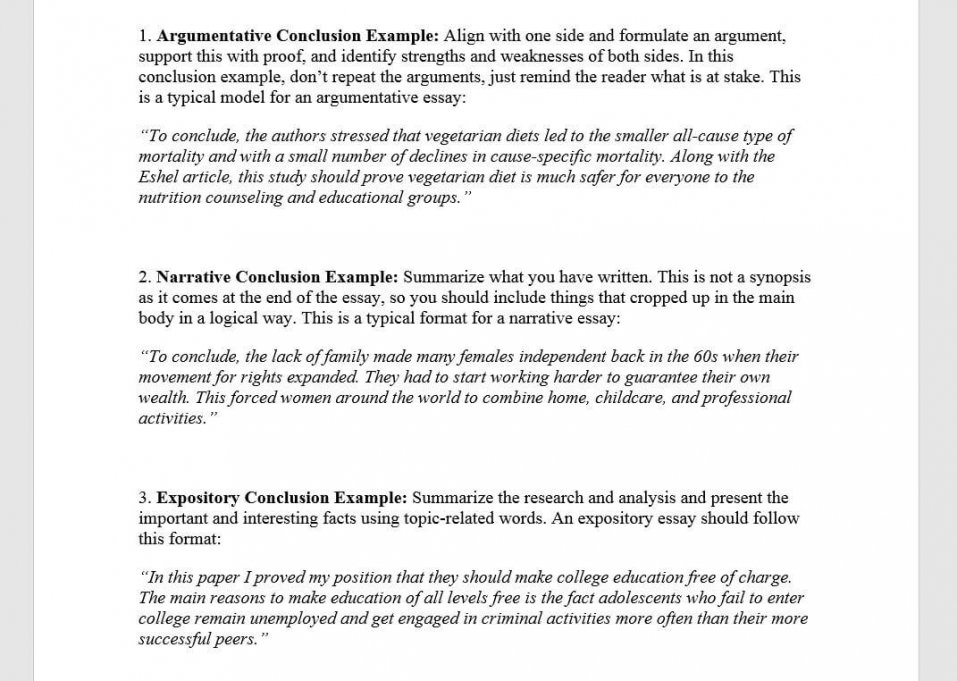How to write a conclusion for English coursework? The best way to make your conclusion powerful is to make it concrete. Cite concrete details, instead of using the cliched phrase “in conclusion.”
Compound or parallel in structure
There are two basic structures used when writing a conclusion in English coursework: compound and parallel. The former involves correct placement of the clauses and the use of the same verb tense and case. The latter, on the other hand, reflects a grammatical uniformity. Here is an example. The troops traveled by land, sea, and air. They were able to reach their destination after a long journey.
In writing a conclusion in English coursework, it is necessary to choose either compound or parallel structures. In both cases, proper parallel structure ensures readability, logical connection, and equality of ideas. Also, parallel structure ensures the clarity of the writing and that the audience is able to grasp its meaning. While a compound structure may sound more attractive to the reader, it can also be more difficult to read.
Moreover, a good structure must use parallelism when connecting the clauses. Parallelism requires the use of similar words, with the same verb tense. If the starting word is plural, the following words must also be plural. In a parallel structure, the verb tense should be identical, as it does not change throughout the sentence. This type of structure can also be used for a list or a bulleted list.
While a compound structure is more acceptable than a parallel one, it’s still best to avoid using it in your conclusion if possible. The two types of construction are often confused. For example, a compound word is not considered a parallel noun, but a parallel sentence is one that uses two different types of nouns and verbs. In a parallel structure, the first word is preceded by the second, and the last is followed by a comma.
Another form of parallelism is the use of coordinating conjunctions. A coordinating conjunction connects two ideas. For example, in a study, Martin Luther King’s famous “I Have a Dream” speech uses a parallel structure. Likewise, a parallel structure shows the same importance of two ideas. For example, the researcher planned to collect data online and through phone interviews.
Avoid making overblown statements in the conclusion
Make sure your conclusion isn’t overblown. While it’s acceptable to connect your essay to a larger context, making overblown statements will confuse the reader. In addition, make sure your conclusion doesn’t begin with a phrase like “in conclusion.”
Avoid rephrasing the thesis
In writing a conclusion for an English coursework paper, the main idea should be the focus. However, you should avoid using clichés and overused phrases. Instead, you should evoke the main idea with concrete details and avoid rephrasing the thesis statement. Moreover, the conclusion should not repeat the thesis statement unless it explains a new angle. While the conclusion is not the place to repeat the thesis, it can be used for broader discussion of the thesis.
The conclusion of an English coursework essay should be a summary of the entire essay. It should not repeat the same information as the introduction. It should end on a high note, including a strong conclusion statement and a strong thesis statement. The tone of the conclusion should complement the overall essay. If it doesn’t, the reader may consider your paper to be weak. Instead, you can rephrase your thesis in a more effective manner.
Rather than repeating the thesis statement, the conclusion should rephrase the argument you presented. It should remind the reader of the main points and make the connections between them clear. The conclusion should be an apt way to show the overall coherence of your paper. The conclusion should also be short. A conclusion should not exceed ten sentences. As the final section of an English coursework essay, the conclusion should include a few sentences stating your conclusion and thesis.
Avoid making a future prediction
Writing a conclusion for English coursework has many different formats. In many cases, it is a simple way to sum up the main ideas and answer the question “what happens next?” In some cases, a conclusion will be a more complex form, incorporating more reasons for the thesis and supporting details from the body of the essay. While this style may be tempting, it is not recommended in all cases.


No Responses